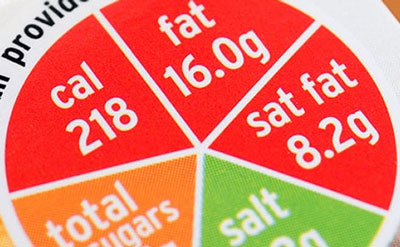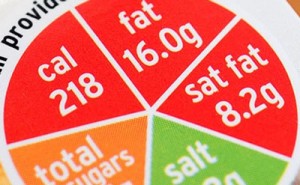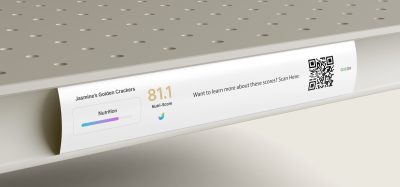Nutrition labels on the front of food packaging can enable healthier choices
- Like
- Digg
- Del
- Tumblr
- VKontakte
- Buffer
- Love This
- Odnoklassniki
- Meneame
- Blogger
- Amazon
- Yahoo Mail
- Gmail
- AOL
- Newsvine
- HackerNews
- Evernote
- MySpace
- Mail.ru
- Viadeo
- Line
- Comments
- Yummly
- SMS
- Viber
- Telegram
- Subscribe
- Skype
- Facebook Messenger
- Kakao
- LiveJournal
- Yammer
- Edgar
- Fintel
- Mix
- Instapaper
- Copy Link
Posted: 19 May 2015 | Victoria White | No comments yet
A team of researchers led by the University of Surrey has found that front of package nutrition labels can enable consumers to make healthier food choices…


A team of researchers led by the University of Surrey has found that front of package nutrition labels can enable consumers to make healthier food choices.


In recent years, a number of different front of package nutrition labels have been developed by industry and health promotion organisations. The majority of labels include values for energy, sugar, fat, saturated fat and salt, but some also include percentage Guideline Daily Amounts or traffic light colours to help consumers’ understanding of the numerical values. In some cases a logo is included on the label to indicate that the food is a healthier choice.
The team analysed data from 2,068 adult consumers in four European countries (the United Kingdom, Germany, Poland and Turkey) who were presented with three categories of food – pizza, yoghurt and biscuits. The study looked at the effect of overlaying a basic front of package label displaying only values for energy and the four key risk nutrients sugar, fat, saturated fat and salt, with four other systems; Guideline Daily Amounts, traffic light colours, a hybrid version of Guideline Daily Amounts and traffic light colours and a health logo.
Traffic light nutrition labels, Guideline Daily Amounts or health logos may have potential to change shopping behaviour
The results showed that in all three food categories, participants were able to differentiate between the healthiest, middle and least healthy varieties, with all the label systems and only small differences were observed between them. Researchers believe the addition of traffic light colours, Guideline Daily Amounts or health logos to basic nutrient information may have a greater impact in real-world settings and that further research is needed to establish their potential to change shopping behaviour.
“Front of package food labelling is an important tool in helping consumers to make healthier choices and to encourage the industry to provide healthier foods,” said Professor Monique Raats from the University of Surrey who led the research.
The study is published in the British Journal of Nutrition.








